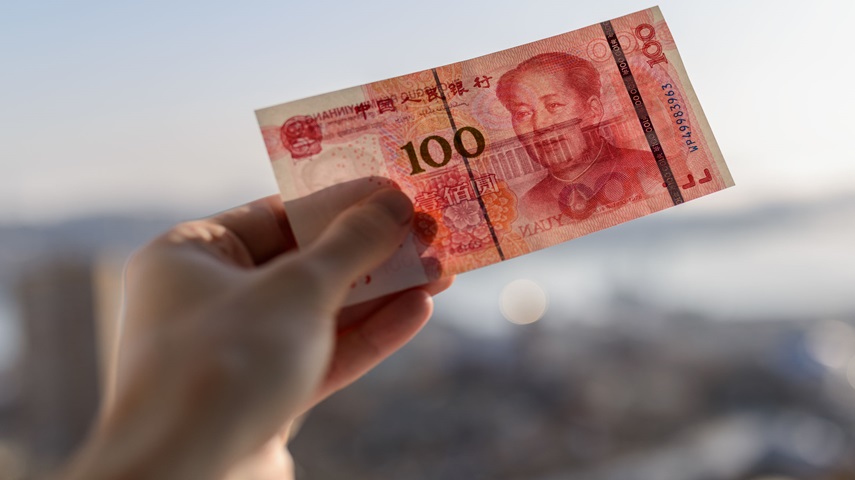- China imports about 70% of seaborne iron ore exports market
- Saudi Arabia in active talks with Beijing to price some oil sales in RMB
- Russia-China bilateral trade projected to reach over $200 billion by end 2023
Nothing signifies the stature of a currency in the world more than its usage as a settlement vehicle for commodity trades. The US Dollar’s involvement in the oil trade since 1973 that eventually led to the petrodollar system remains a watershed event in history in that it decisively ushered in the Dollar to become a ubiquitous global currency, a status it still enjoys today.
For the Renminbi (RMB) to get anywhere close to USD stature, the commodity markets will have to be the battleground to gain some foothold. RMB is indeed making inroads in this regard, primarily due to its huge buying power in several key commodities on international markets.
China is fundamentally a manufacturing economy, so it needs a lot of steel and thus, iron ore. Chinese imports about 70% of the seaborne iron ore exports market. It has already established arrangements with the world’s four largest iron ore producers that enable direct sales of RMB-denominated products to buyers in China. There is also a commodity exchange in Dalian that provides iron ore futures trading, from where the basis trading prices are RMB-denominated.
As for coal imports, it has been reported that Mongolian mining companies have settled some coal sales to Chinese buyers in RMB, with some of the revenue applied toward expenses for Belt and Road infrastructure projects in Mongolia.
Probably the more significant development happened in the oil and gas market. Saudi Arabia, the world’s top crude oil exporter, is reported to be in active talks with Beijing to price some of its oil sales to China in RMB. President Xi paid an official state visit to Saudi Arabia at the end of last year.
Perhaps as expected, the largest amount of usage of RMB for commodity trade settlement happened with Russia, currently under sanctions from the Western block. Sino-Russia trade has been booming since the breakout of the conflict in Ukraine. Bilateral trade has increased by about 30% so far in 2023, and is projected to grow to well over $200 billion by the end of the year. On an individual country basis, Russia is now China’s fourth largest trading partner.
Russia is arguably the world’s largest resource exporting country, and it exported about $88 billion worth of key commodities to China, of which $60 billion was in crude oil. Other than oil, Russia commodity exports also include gas, coal, fertilisers, and other agricultural commodities. Last year about 25% of Russian exports to China were settled in RMB, and that percentage is expected to increase.
As China actively strives to internationalise its currency, challenging the dominance of the US Dollar, the RMB’s increasing role in commodity trade is a key battleground. The impact of the RMB as a commodity currency extends beyond trade transactions, influencing the broader usage of the RMB in the global financial landscape. This trend signifies a transformative shift in the dynamics of international currency usage, potentially reshaping global finance in the coming years.
John Gong is a professor at the University of International Business and Economics.
Read a detailed analysis of this year’s RMB trend in the full report here.

































